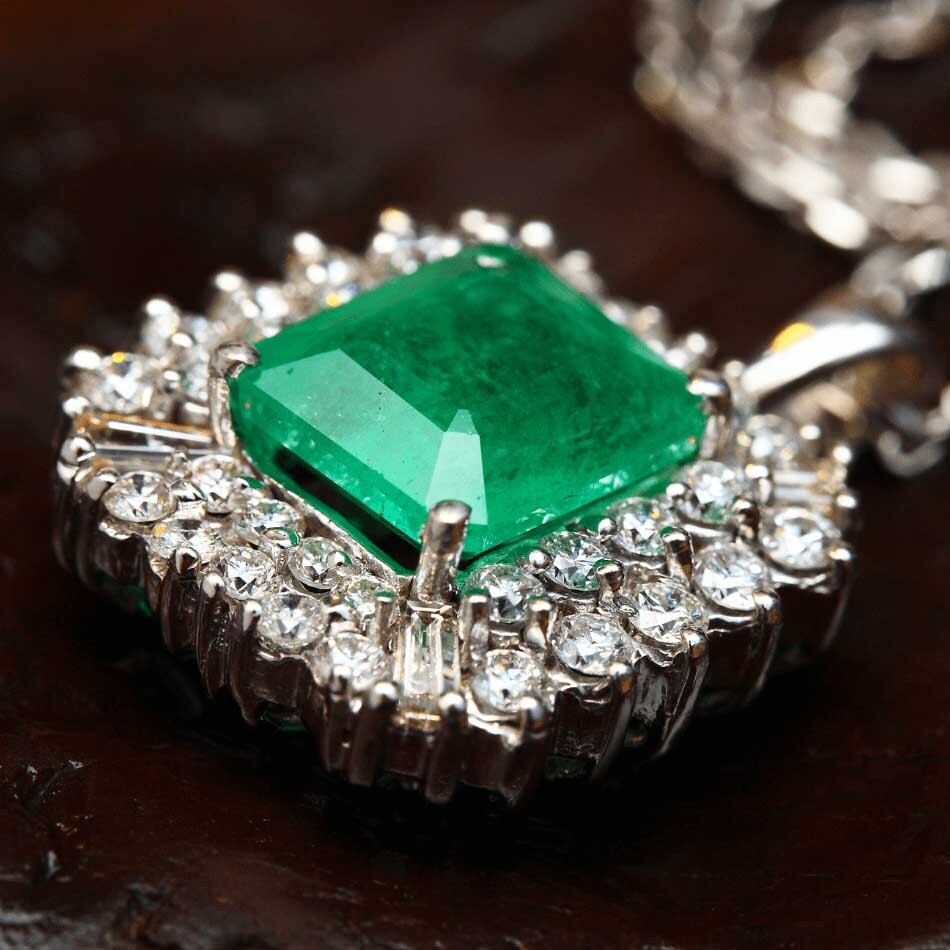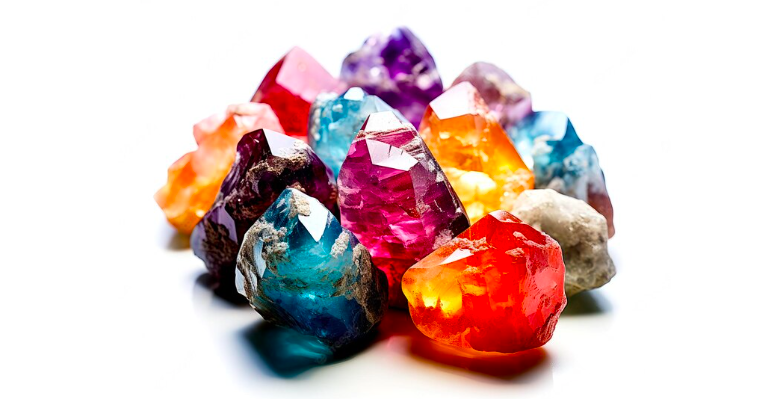The allure of gemstones, with their captivating colors and dazzling beauty, has entranced humanity for millennia. These Earth treasures have been cherished as symbols of wealth and power and have traversed a remarkable historical journey through the world of loose gemstone auctions. In this extensive exploration, we will trace the fascinating history of loose gemstone auctions, from their enigmatic origins in the ancient world to their contemporary prominence as coveted collectibles and investments.
The Ancient Origins
The origins of gemstone auctions are intertwined with the earliest human civilizations, where gemstones were cherished for their rarity and perceived mystical qualities.
Egypt: The Cradle of Gemstone Adoration
The ancient Egyptians held gemstones in the highest esteem. These radiant treasures were not merely ornamental but were believed to have protective and spiritual significance. The Egyptians adorned their pharaohs with gemstone-encrusted jewelry and buried them with copious quantities of gemstones in the hope that these precious stones would accompany them to the afterlife.
Rome: Gemstone Trading Flourishes
During the Roman Empire, the trade in gemstones flourished. Gemstones were sourced from various corners of the vast Roman domain, including regions that are now part of India, Sri Lanka, and Afghanistan. These gemstones, besides being used for personal adornment, served as seals and amulets, signifying power, wealth, and status.
Medieval and Renaissance Europe
The Middle Ages saw a resurgence of interest in gemstones, catalyzed by the Crusades and the influx of gem-rich treasures from the East. This period witnessed significant advancements in gem-cutting techniques, giving rise to more intricate and brilliant gemstone cuts.
Venice: The Gemstone Capital of the Renaissance
Venice emerged as a central hub for gemstone trading during the Renaissance. The city’s skilled artisans, known as “lapidaries,” became renowned for their expertise in gem-cutting and jewelry craftsmanship. These craftsmen transformed rough gemstones into exquisite creations, which were sought after by European nobility and royalty.
The Crown Jewels: Gemstones Fit for Kings and Queens
European monarchs amassed impressive collections of gemstones, often acquiring them through auctions or as part of war spoils. These gemstones were integrated into the royal regalia and crown jewels, some of which are displayed in museums today, serving as tangible testaments to their enduring allure.
The Birth of Auction Houses
The concept of gemstone auctions in its modern form began to take shape in the 18th century with the establishment of formal auction houses. These institutions introduced a structured and competitive environment for the buying and selling of gemstones.
Sotheby’s: A Legacy of Gems
Founded in London in 1744 by Samuel Baker, Sotheby’s is one of the world’s oldest and most prestigious auction houses. Sotheby’s gained recognition for selling remarkable gemstones, including the extraordinary Blue Moon Diamond, a 12.03-carat wonder that fetched a record-breaking price.
Christie’s: Gems that Shine Bright
Established in London in 1766 by James Christie, Christie’s has played a significant role in the auctioning of gemstones. Over the years, it has orchestrated the sale of iconic gems such as the Pink Star Diamond, a 59.60-carat pink diamond that dazzled the world, and the Rockefeller Emerald, a captivating 18.04-carat Colombian emerald.
The Modern Gemstone Auction
Today, gemstone auctions have transcended geographical boundaries, connecting buyers and sellers from every corner of the globe. These auctions are not solely the domain of collectors but also attract investors and enthusiasts seeking rare and exceptional gemstones.
The Digital Revolution: Online Gemstone Auctions
The advent of the digital age has ushered in a new era for gemstone auctions. Many auctions now take place entirely online, making participation more accessible to a global audience. This shift has democratized the auction process, allowing a broader range of individuals to engage in the excitement of gemstone acquisition.
Investment Potential: Gems as Assets
Gemstones have evolved from being objects of beauty to potential assets. Rare and exceptional gemstones, particularly those with unique characteristics, have the potential to appreciate significantly in value over time. Consequently, they have garnered the attention of investors diversifying their portfolios.
Transparency and Certification: Guarantees of Authenticity
Reputable auction houses prioritize transparency. They provide comprehensive information about each gemstone, including details about its origin, treatment history (if any), and certifications from renowned gemological laboratories. These certifications offer buyers assurance of a gem’s authenticity and characteristics.
Conclusion
The history of loose gemstone auctions is a mesmerizing journey through time, illuminated by the enduring allure of these Earth-born treasures. From ancient civilizations to the hallowed halls of today’s auction houses, gemstones have been celebrated, desired, and treasured for their timeless beauty and rarity.
As gemstone auctions continue to evolve, they remain a testament to humanity’s enduring fascination with these gifts of the Earth. Whether for collectors seeking to expand their troves, investors looking to diversify their assets, or individuals who simply appreciate the breathtaking beauty of gemstones, loose gemstone auctions offer a portal to a world where the allure of these precious gems continues to shine brilliantly.
In conclusion, the journey of loose gemstone auctions is an odyssey of wonder, history, and unceasing admiration for nature’s most exquisite creations.




